I’m using a series of excellent questions sent by Mike Kilburn as a springboard to explore issues related to writing and submitting descriptions of rarities.
2. One man’s buff is another man’s tawny or brownish, likewise with perceptions of length of bill, tail etc. How to deal with subjective perceptions?
In an earlier post, I suggested that length (of features like bill, legs, primary projection, etc) is best described in comparison to some other feature on the bird. So, for example, on a perched raptor, how far down the tail does the wingtip reach? Half the tail length? A third? Equal to the length of the tail? On a flying raptor, how long is the tail in relation to the width of the wingbase? On a wader, how long is the bill in relation to the distance across the head, or between the bill base and the eye? In making comparison between two unvarying lengths, some measure of objectivity can be obtained.
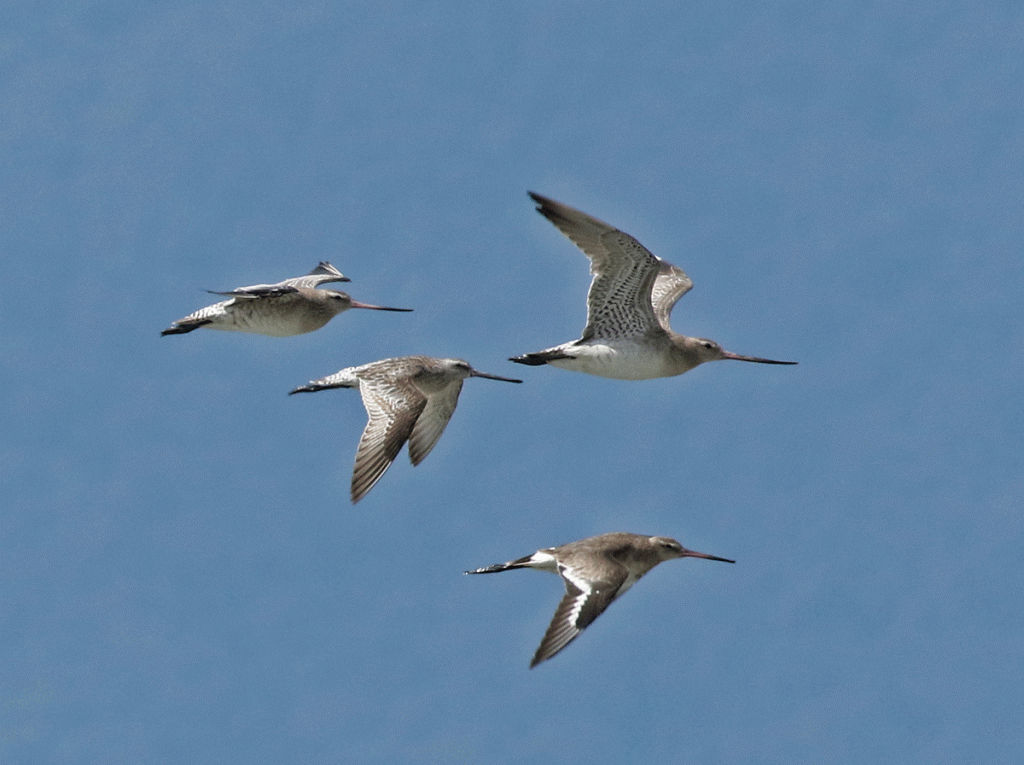
Describing colours is even more challenging than describing length! As Mike suggests, people’s perception of colour varies (Just ask my wife! Her “brown” is my olive green!), and we have limited vocabulary to describe a myriad of subtleties.
Fortunately, in most cases, the key is comparison again. So, whether one describes a redstart’s tail as rufous, red, orange or chestnut, it’s more important to note that it is more rufous/red/orange/chestnut than the rest of the bird’s upperparts. Plumage patterns are usually more important than colours in isolation. So, on a warbler, is there a brighter secondary wing panel? Or does the alula stand out as being noticeably darker than the rest of the wing? Is the eye-stripe the same colour as the crown or distinctly darker?
This is an area where taking notes while in the field can be extremely valuable. Photographs don’t lie, but they might not tell the whole truth!
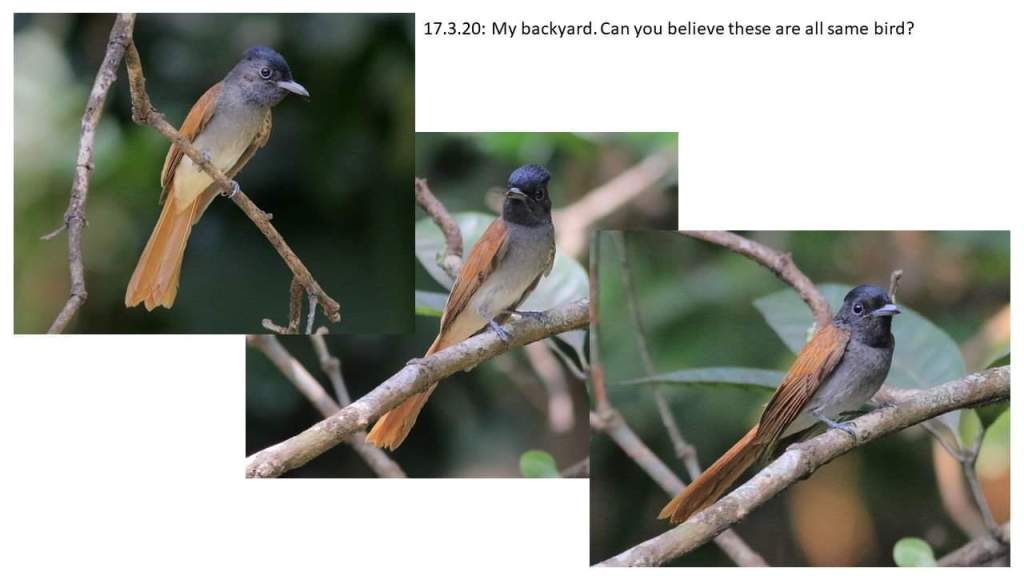
Sometimes, description of colour in isolation is important – the colour of a wader’s or a gull’s legs, the colour of an eye-ring, or the precise shade of the upperparts of a gull or tern. And in truth, we are generally not good at this. 1. We tend to overuse the descriptions black and white. Pure black or white is rare on bird plumage. It’s usually a better practice to use terms like dark, very dark, blackish or pale, bright, whitish.
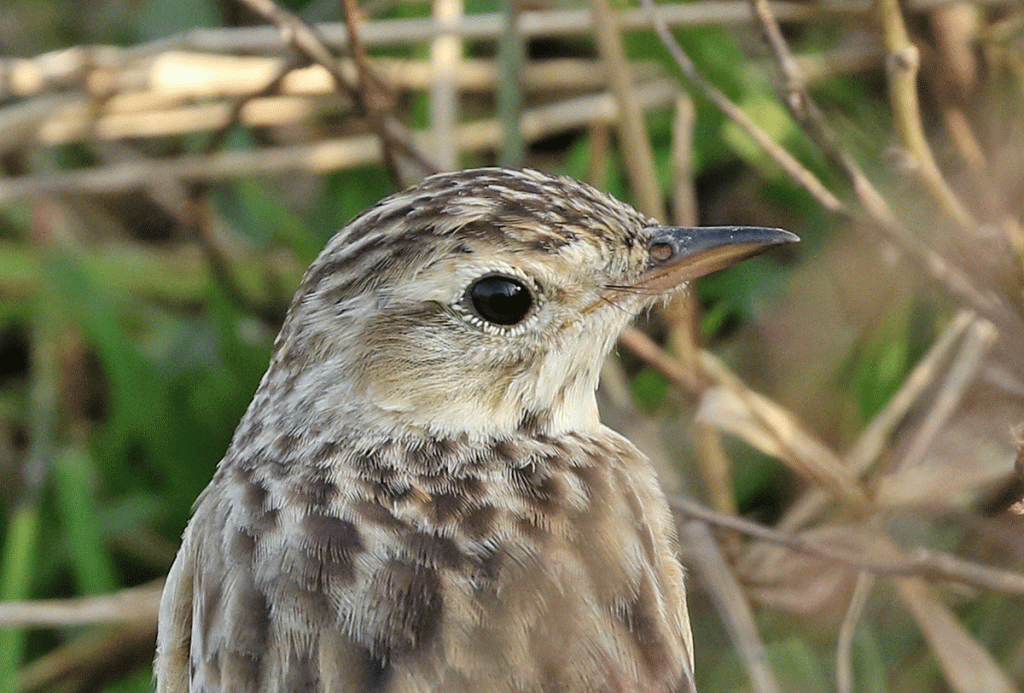
2. We seem to be particularly bad at discerning between shades of pink, yellow, and orange. Try describing the pale part of the pipit’s bill in the photo above, for example. That’s partly because colour is reflected light, and as lighting conditions change constantly, so will our perceptions of colour. Again, over-reliance on photos is not helpful. This is another area where field notes taken while watching a bird over a period of time can be more reliable than single photos.
Finally, it’s good to remember that a good description bases identification on multiple factors, not just one or two characteristics, so, even if our perception of some colours is “off”, the rest of the description should hopefully override this.
I’ll end with a bit of a quiz question. Take a close look at this picture and tell me what colour the eye-ring is!

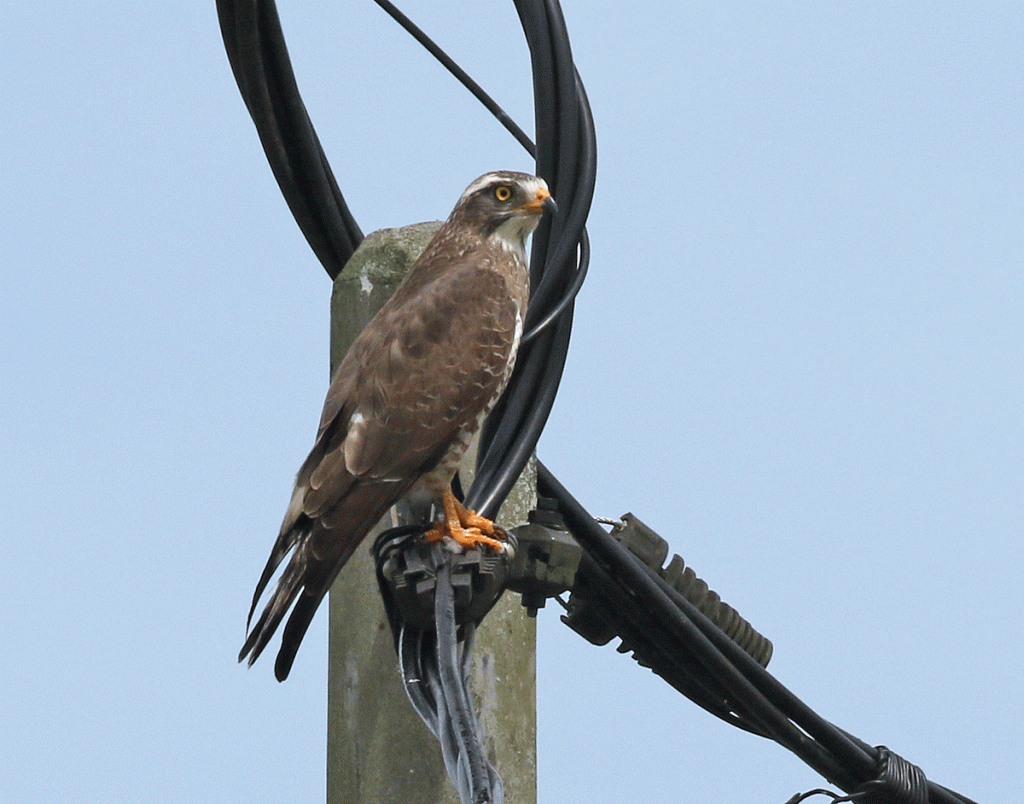
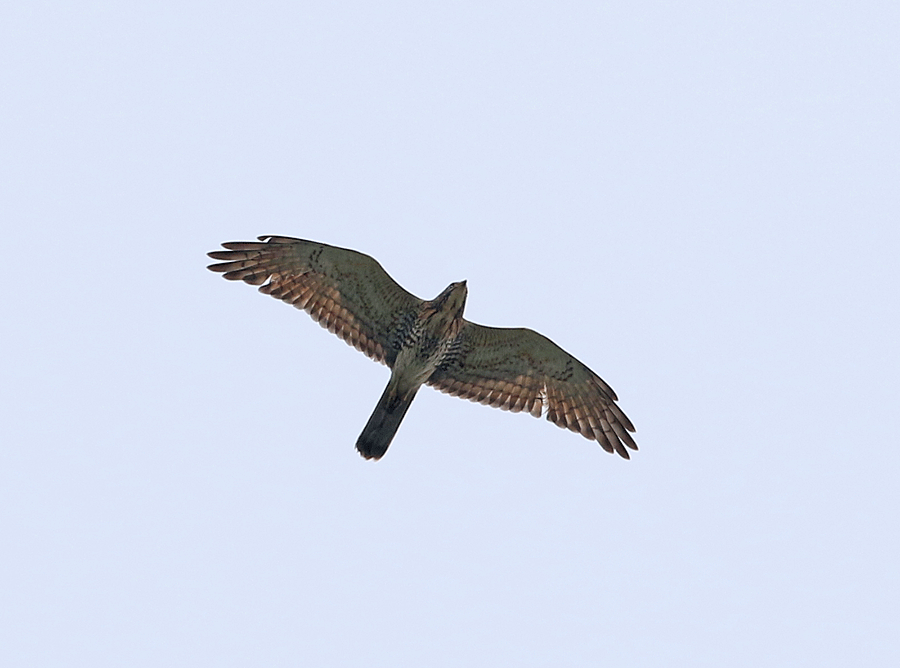
I wish I could enlarge the picture a little, but I’d say the eye ring is a pale grey color (if I have the right part).
Read on Gretchen!